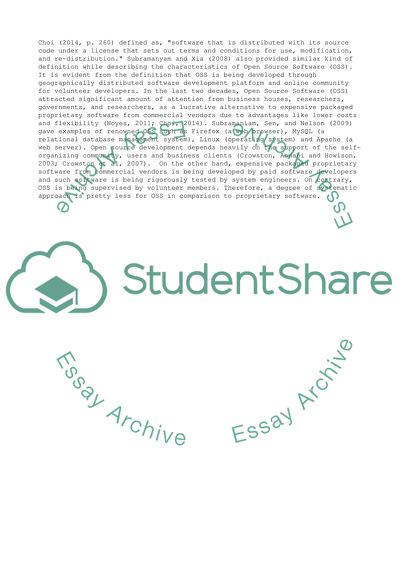Cite this document
(“Strategic Systems Integration Planning of the Heelz Boutique Essay”, n.d.)
Strategic Systems Integration Planning of the Heelz Boutique Essay. Retrieved from https://studentshare.org/management/1651408-strategic-systems-integration-planning-of-the-heelz-boutique
Strategic Systems Integration Planning of the Heelz Boutique Essay. Retrieved from https://studentshare.org/management/1651408-strategic-systems-integration-planning-of-the-heelz-boutique
(Strategic Systems Integration Planning of the Heelz Boutique Essay)
Strategic Systems Integration Planning of the Heelz Boutique Essay. https://studentshare.org/management/1651408-strategic-systems-integration-planning-of-the-heelz-boutique.
Strategic Systems Integration Planning of the Heelz Boutique Essay. https://studentshare.org/management/1651408-strategic-systems-integration-planning-of-the-heelz-boutique.
“Strategic Systems Integration Planning of the Heelz Boutique Essay”, n.d. https://studentshare.org/management/1651408-strategic-systems-integration-planning-of-the-heelz-boutique.


